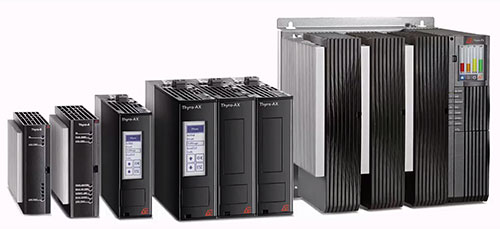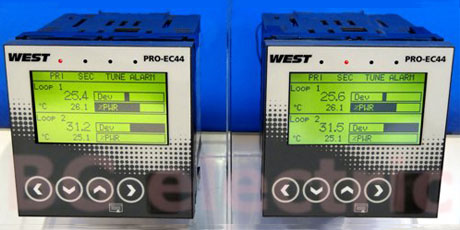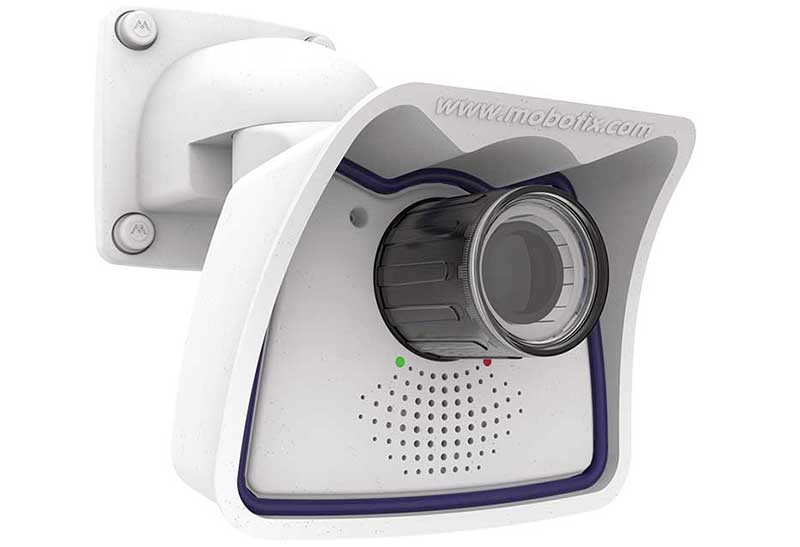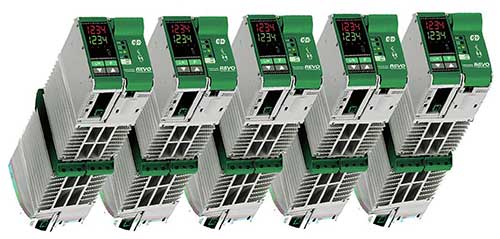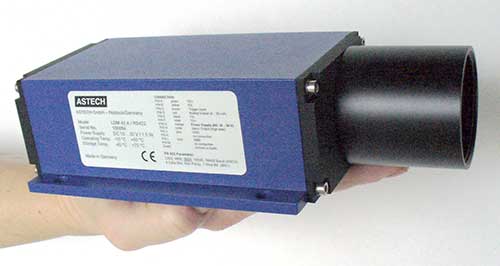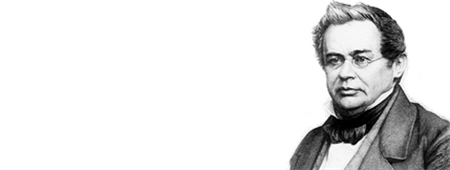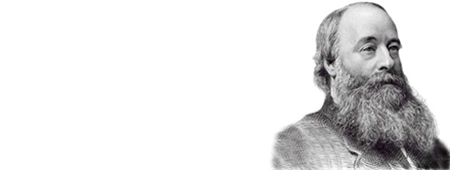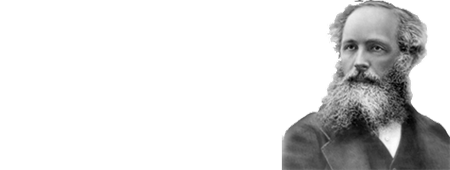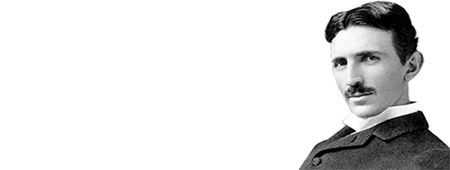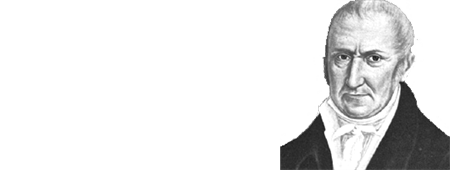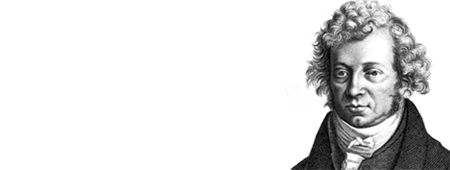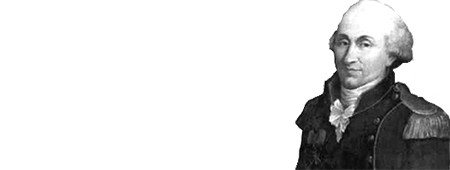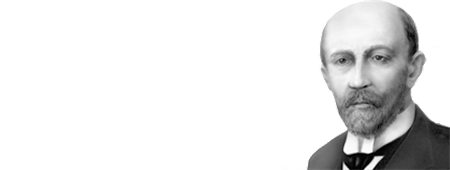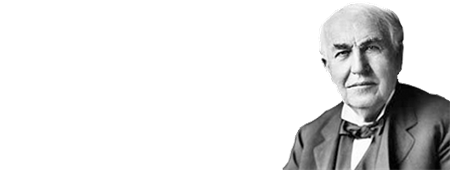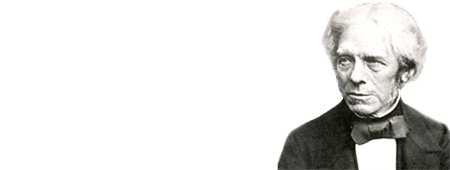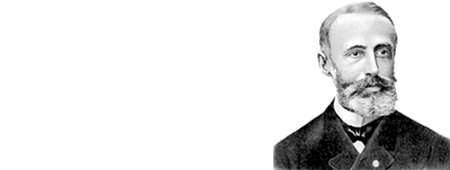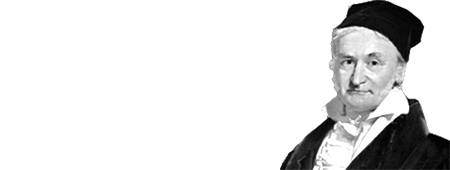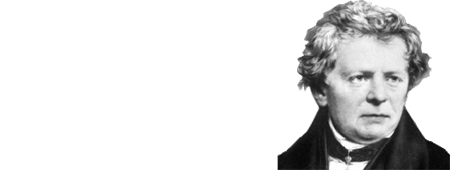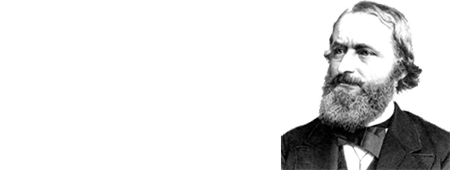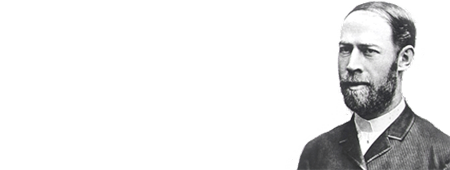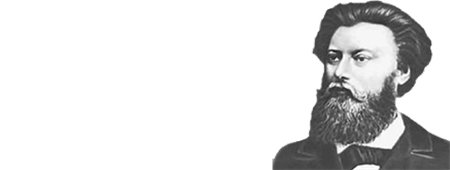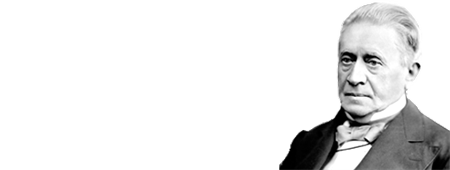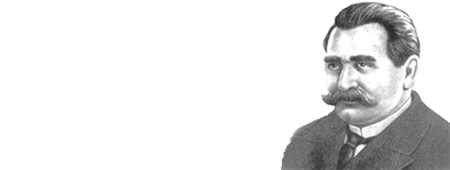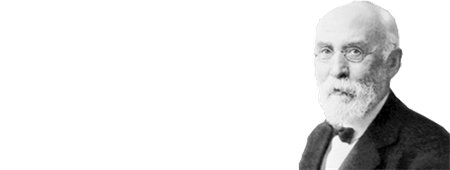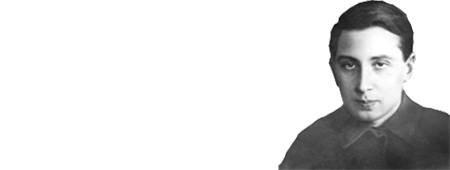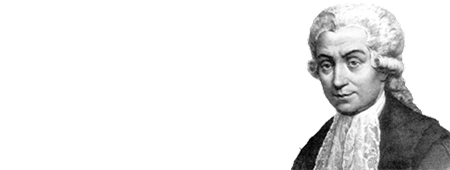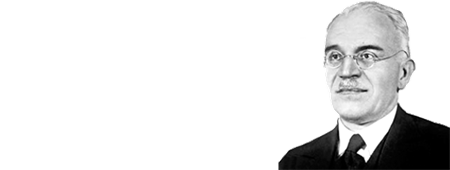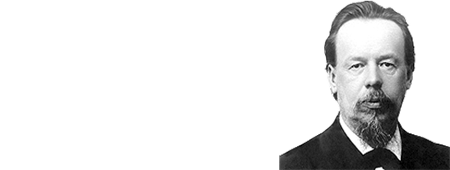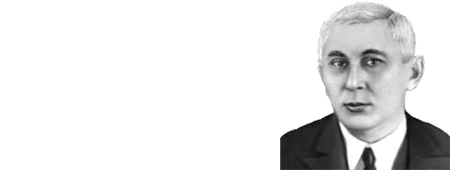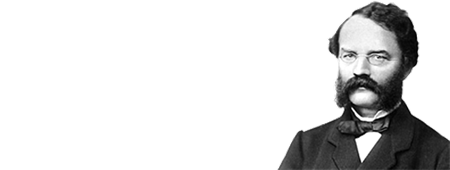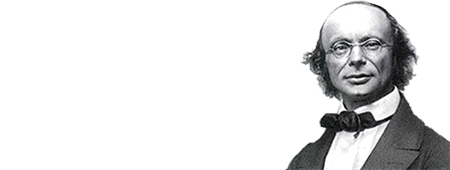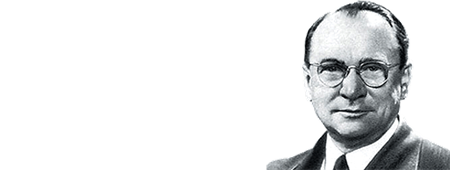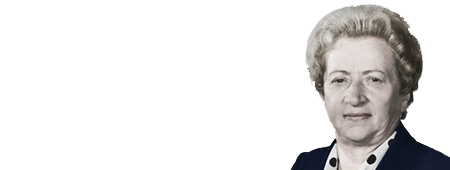Homepage
BG electric is a high-service distributor of technological products for automation systems.
BG electric is located in Germany and is the official distributor of the European manufacturers of industrial electronics and components for automation of production. With the full support of manufacturers, we offer a wide range of products for enterprises, system integrators, repair and service companies.
|
✪ List of Delivered Countries 2006 - 2019 Announcement:
please click here → Baumer encoders: measuring and monitoring of rotary speed and shaft positions at machines and electrical drives The HOG10 / POG10 series is the versatile product family of incremental HeavyDuty encoders. It is based on the enormous experience of Baumer, and always offers you an unrivalled robust and durable solution.
Advanced Energy Industries thyristor power controller supports multiple operating voltages and control modes The SCR power controller Thyro series is available in single-, dual-, and three-phase units, supports voltages up to 690V and currents up to 2900A, and offers superior interface options.
West Control Solutions represents a Pro-EC44 single and dual loop temperature controller The Pro-EC44 has been designed to simplify user operation through an intuitive HMI combined with easy-to-use configuration and simulation software. It is a 1/4 DIN process controller with graphical text display, advanced control capability and modular I/O options providing flexibility to fit wide range of industrial manufacturing and process applications.
MOBOTIX have been developing and producing intelligent IP video systems known for their high level of security, uncompromising reliability and premium “made in Germany” quality. MOBOTIX cameras are equipped with independent memory management, a wide range of communication options (including SIP technology), innovative video analysis and event logic, meaning that they do more than just produce sharp images: They also recognize threats and initiate defensive actions.
CD Automation introduced REVO Connect is a high reliability universal power regulator that has an advanced microprocessor that makes it universal and completely configurable via software The power controller REVO-C series is available in single-, dual-, and three-phase units. Particular attention was paid to the Connectivity with the most popular Field Buses and to the management of the unit via Wi-Fi (optional) with CD Automation APP to be installed on your Smartphone.
Bürkert Fluid Control Systems is one of the world's leading manufacturers of measuring, control and regulating systems for fluids and gases. With a portfolio of more than 30,000 products Bürkert is the only supplier to offer all fluid control system components: from solenoid valves to process and analytical valves, as well as pneumatic actuators and sensors. The integration of the product into the application is the result of detailed analysis of the ambient environment, operating parameters and specification requirements. This enables to offer individually optimized solutions to suit even the most complex fluid applications.
ASTECH Angewandte Sensortechnik is the specialist for non-contact measurements in the industry. The range of products includes sensors for the detection of velocity, length, distance, position, width and color. The LDM41P is an optoelectronic distance measuring device for industrial applications with integrated Profibus DP interface. It works contact-free on the principle of comparative phase measurement with the amplitude modulation and facilitates precisely accurate measurement of distances. The LDM41P distinguish themselves through high precision as well as high independence from the surface of the measuring object.
|
. |


